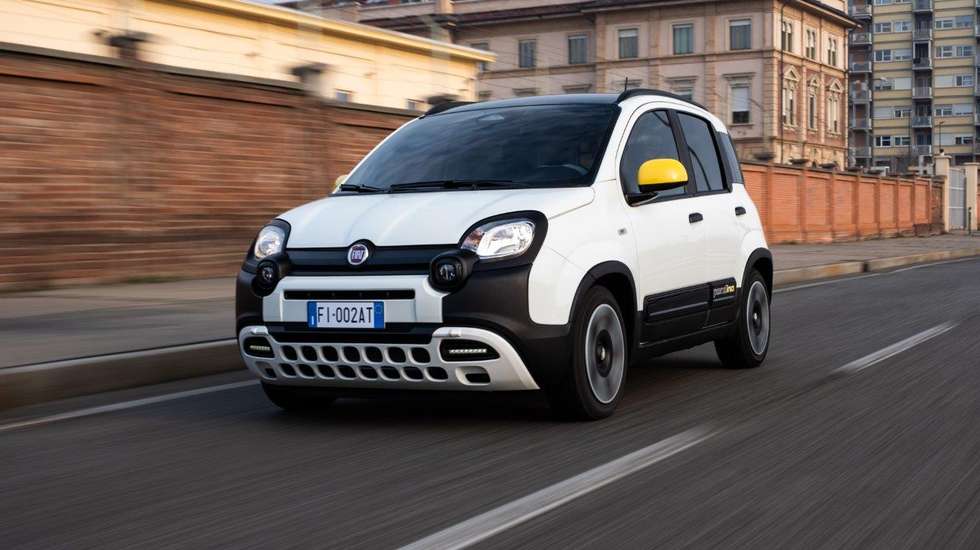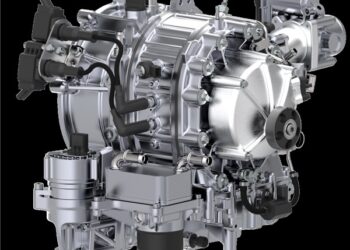Stellantis’ struggles extend beyond the U.S., as the automotive giant faces a tough landscape in Europe. The company’s performance in the region mirrors its challenges across the Atlantic, with deliveries dropping by a steep 17% in the third quarter of 2023. In a further sign of waning demand, Stellantis is halting production of the aging Fiat Panda for several days next month at its Pomigliano d’Arco plant in Italy.
The reason? Simply put, the Panda isn’t selling like it used to. According to a report from the Italian news agency Ansa, Stellantis informed unions that the production pause is necessary to “adapt production to current market conditions and to guarantee efficient management of resources.” With the Panda struggling to attract buyers, Stellantis is making strategic moves to adjust its output accordingly.
The Fiat Panda, now in its third generation, has been a mainstay of the European automotive market since 2011. Despite its age, the Panda is expected to remain on sale until 2027, coexisting with the more modern Grande Panda, which comes equipped with electric and mild-hybrid powertrains. However, its long tenure may not be enough to fend off the growing competition from newer models in the city car segment.
Adding to the company’s woes, Stellantis has also temporarily shut down its Termoli and Pratola Serra engine factories in Italy for a few days in November. These disruptions come on the heels of a production pause for the electric Fiat 500, another city car hit by slow demand. Initially planned as a four-week halt, production of the electric 500 at the Mirafiori plant has been extended until November 1.
Interestingly, while the Fiat 500 is currently available only as an electric vehicle, Stellantis has plans to introduce a gasoline engine variant as part of a hybrid powertrain in early 2026. This move reflects the company’s broader strategy to navigate an evolving market where demand for pure EVs has cooled after an initial surge.
Stellantis, a company formed from the merger of Fiat Chrysler and PSA Group, is facing a “challenging path” in Europe, according to a recent statement. The company has acknowledged that difficult decisions lie ahead as it seeks to maintain operations in Italy. However, with no easy solutions in sight, Stellantis’ future in the region remains uncertain.
The production pauses and declining sales underscore the tough conditions Stellantis is facing in Europe as it attempts to balance production, demand, and the broader shift toward electrification.










